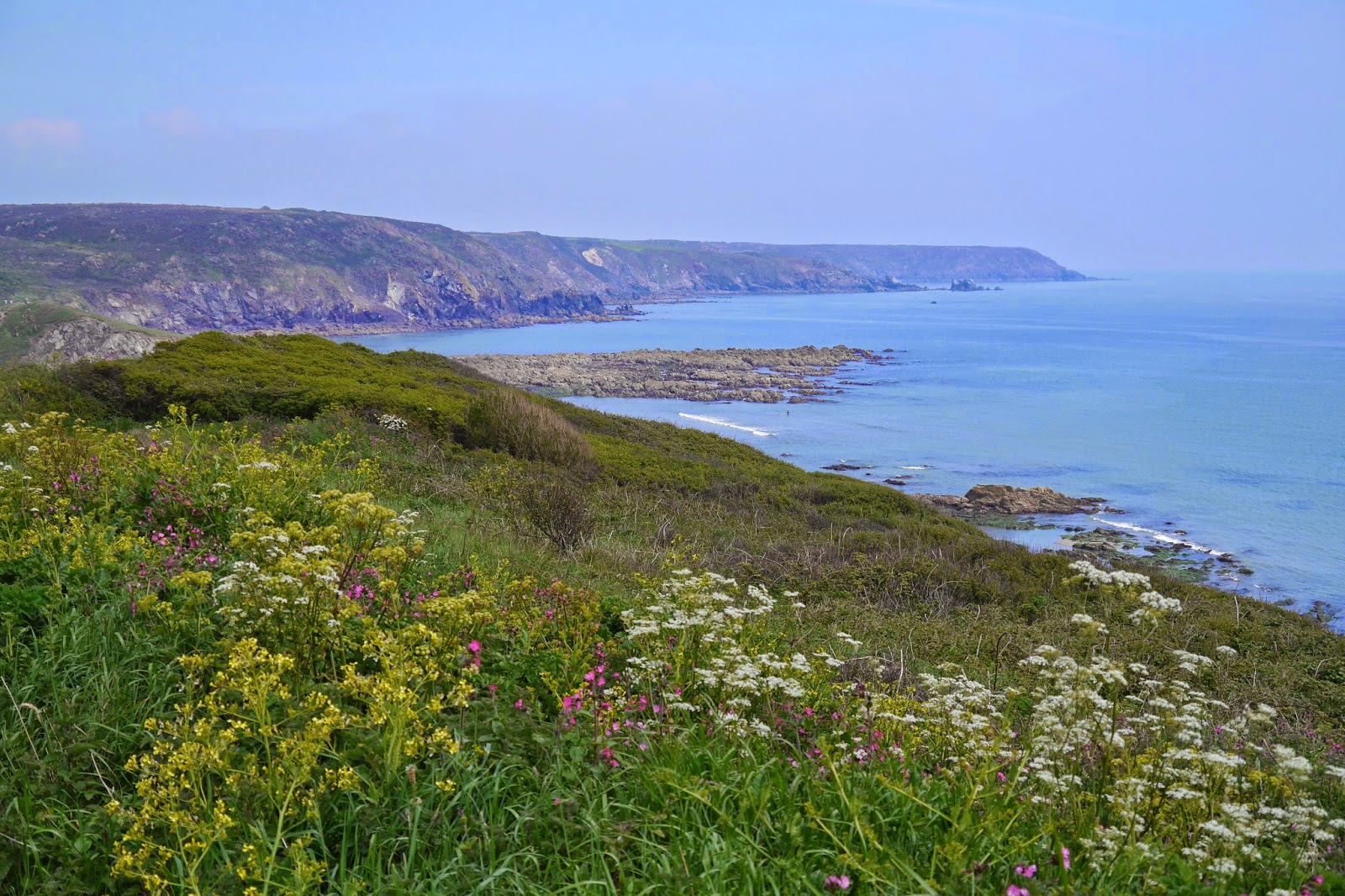St Margaret of Antioch, Fernhurst
We met Viv and Giles in Fernhurst for our latest walk and headed towards Black Down, soon passing the village church. It is a very picturesque church with a late Victorian look about it, but strangely not described in my early edition of Pevsner's Surrey. From the church's website I learn that it is Norman in origin, but what you see now is mainly indeed a Victorian restoration by Antony Salvin.
Church Road emerges into the village green with a collection of pleasant houses, a pub and a cricket pitch across the road.
We take a path just to the right of the pub and head upwards through Reeth Wood to emerge by a house called Reeth. On the way we help a group of boys, identically kitted out with haversack, sleeping roll and wooden staff to orientate themselves towards Cotchet Farm.
We walk along the lane from Reeth enjoying the fine views across open country, looking South West towards Henley (where we plan to have lunch) and further west to the South Downs in Hampshire.
At the end of the lane we resume our climb up a narrow track which eventually becomes a stream bed to reach what we thought was the viewpoint marked dramatically on the map as the Temple of the Winds. It is more wind than temple however, at a height of 275m above sea level. It appears we never quite located the marker for it. We found a bench with a strange plaque: "Bonnett, Braithwaite, Bennett. La Di Dah". The view from the bench towards the South Downs, framed by foliage, is delightful.
After a while we realised that there were other views accessible by crossing through a bit a woodland and then following a path around the hill top back to the bench we first encountered. This view stretches north east to Leith Hill, where we walked five years ago. I am surprised and delighted that this series of walks with our friends goes back so far.
Part way round there is another view point where the view extends to the Arun gap.
By now the lunch booking at the Duke of Cumberland Arms pub in nearby Henley was beginning to become pressing and we headed rapidly back to the cars. The pub was one of the top 50 Gastro pubs last year, as assessed by the trade paper the Morning Advertiser, and was excellent. We plan to design our next walk around going back there.
Conditions: cooler than of late, but still quite warm.
Distance: about 4.5 miles.
Map: Explorer 133 (Haslemere and Petersfield).
Rating: four stars, principally for the divine views.



















































